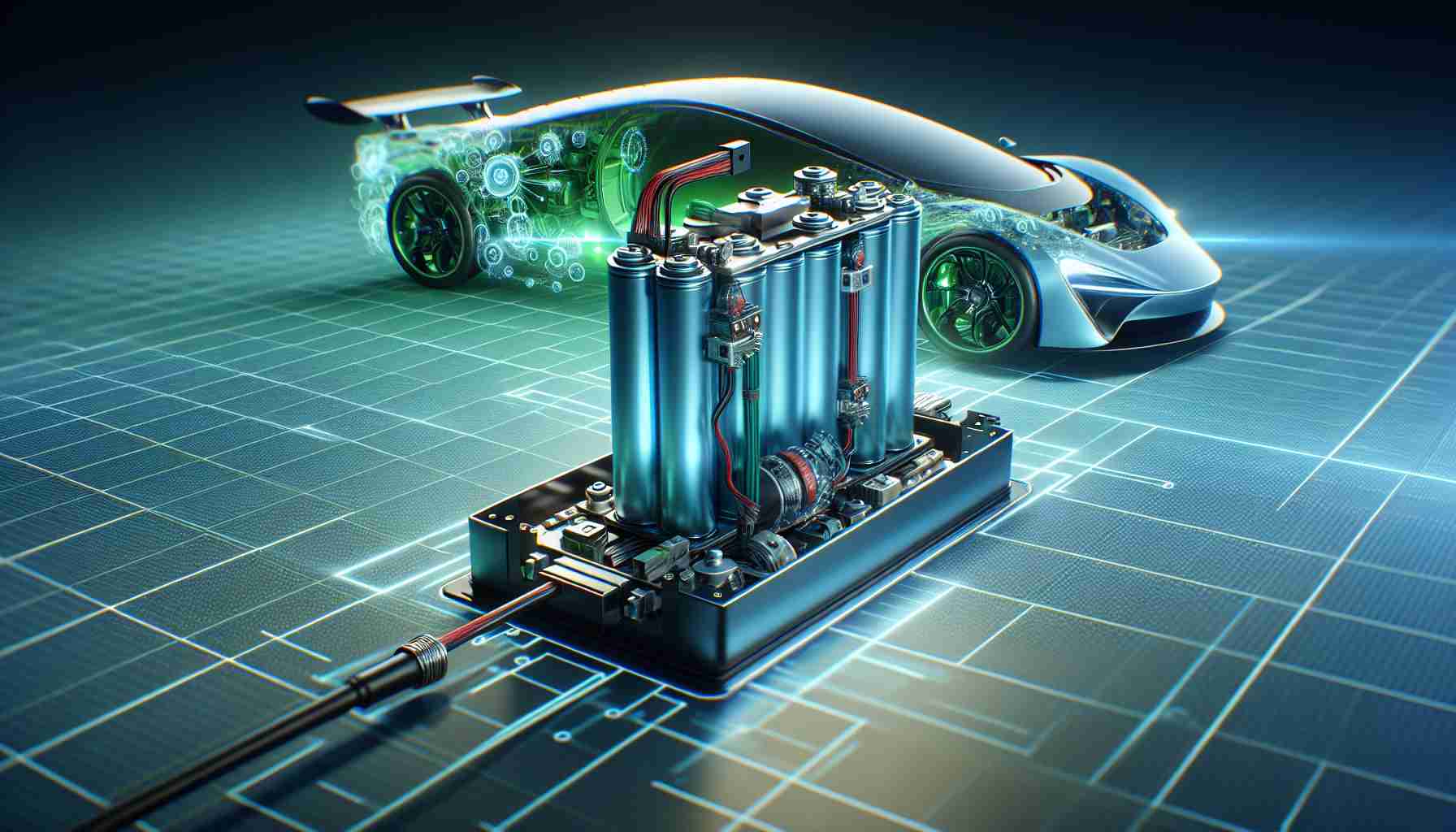- Researchers at Seoul National University have enhanced lithium-ion battery performance, crucial for electric vehicles and energy storage.
- Utilizing K₂CO₃ layers in LNMO cathodes significantly minimizes electrolyte interactions, fostering efficient lithium-ion migration.
- This innovative approach resulted in a discharge capacity of 110 mAh/g and 97% capacity retention after 100 cycles.
- In comparison, untreated LNMO achieved only 89 mAh/g with a 91% retention rate.
- Enhanced safety and longevity are additional benefits of this dual engineering technique.
- The research supports the growing demand for sustainable, high-capacity batteries in electric vehicles and energy systems.
- This breakthrough signifies a potential shift toward faster and longer-lasting electric mobility solutions.
In an electrifying breakthrough, researchers from Seoul National University of Science and Technology have unlocked the potential of lithium-ion batteries, paving the way for more affordable and efficient electric vehicles and energy storage solutions. This development targets the high-voltage LiNi₀.₅Mn₁.₅O₄ (LNMO) cathodes, which hold great promise for high-energy batteries.
The innovative technique involves enhancing LNMO with a special K₂CO₃ layer to reduce harmful interactions with the electrolyte, the vital fluid powering the battery. By creating pathways within the LNMO particles, the researchers improved lithium-ion migration, leading to quicker charge and discharge cycles. This transformation is a game-changer, showcasing a discharge capacity of about 110 mAh/g, with an impressive 97% capacity retention after 100 cycles. In contrast, untreated LNMO struggled with only 89 mAh/g and 91% retention.
But the benefits stretch far beyond numbers. This dual engineering approach not only boosts battery performance but also promises enhanced safety and longevity. With global demand soaring for sustainable, high-capacity batteries, this research could set the stage for widespread advancements in electric vehicle technology and energy storage systems.
Imagine a future where your electric vehicle charges faster and lasts longer, thanks to innovations like these. The realm of high-energy batteries is evolving swiftly, and this breakthrough may just lead us into a new era of electric mobility. Keep an eye on these advancements—they could soon change how we power our world!
A Breakthrough in Battery Technology: The Future of Electric Vehicles and Energy Storage!
The Role of Enhanced LNMO Cathodes in Battery Efficiency
Recent advancements by researchers at Seoul National University of Science and Technology have spotlighted a formidable innovation in lithium-ion battery technology, with a focus on high-voltage LiNi₀.₅Mn₁.₅O₄ (LNMO) cathodes. This technique involves applying a K₂CO₃ layer to mitigate adverse reactions with the electrolyte, which is crucial for battery performance. The result? Improved lithium-ion migration that translates to quicker charge and discharge cycles, thus paving the way for faster electric vehicle charging and prolonged battery life.
Key Features of the Novel Battery Approach
– Improved Performance: The engineered LNMO demonstrates a discharge capacity of 110 mAh/g with 97% capacity retention after 100 cycles, significantly outperforming untreated counterparts.
– Enhanced Safety: The dual engineering technique offers not just performance improvements but also enhancements in safety, making batteries more reliable.
– Longevity: This breakthrough suggests a greater lifespan for batteries, reducing the need for frequent replacements and minimizing waste.
Market Insights and Trends
As the need for sustainable energy solutions grows, the global market for electric vehicles and advanced battery technologies is set to expand. According to market forecasts, the demand for high-capacity batteries will soar, driven by environmental regulations and consumer preferences for eco-friendly options. Innovations like the enhanced LNMO cathodes will likely lead to increased adoption of electric vehicles and renewable energy storage systems.
Related Questions
1. What are the main advantages of the K₂CO₃ enhanced LNMO cathodes compared to traditional lithium-ion batteries?
– The K₂CO₃ enhanced LNMO cathodes provide higher discharge capacity, improved cycling stability, and enhanced safety features due to reduced electrolyte interactions, which can lead to battery degradation.
2. How does this breakthrough impact the electric vehicle industry?
– This advancement is expected to accelerate the adoption of electric vehicles by providing faster charging times and longer-lasting batteries, directly addressing consumer concerns about convenience and battery replacement frequency.
3. What are the implications of this battery technology for sustainability and environmental impact?
– Enhanced battery technology is crucial for achieving sustainable energy solutions, as it promotes longer life cycles and improved efficiency. This can lead to reduced consumption of raw materials and lower carbon footprints associated with battery production and disposal.
Final Thoughts
With the transformation in lithium-ion battery technology represented by the K₂CO₃ enhanced LNMO cathodes, the future of electric mobility is looking brighter. Keeping an eye on these innovations could be key to understanding the next wave of energy solutions.
For further insights into battery technology and electric vehicles, check out Energy.gov for updated information and market trends.



















